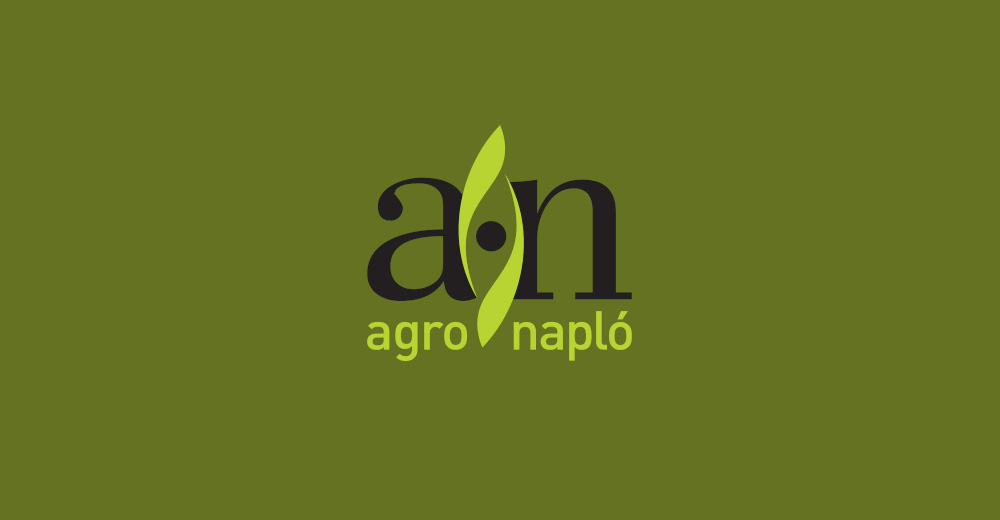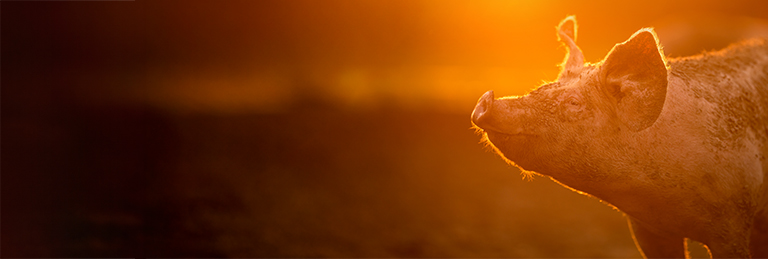The geographical indication (GI) labels, a type of intellectual property right, are part of the EU's quality scheme, ensuring certain standards linked to the geographical origin of the food or drink and the know-how. They cover four sectors: agricultural products and foods, wine, spirits and aromatised wines. In supermarkets, restaurants, bars around Europe – and far beyond - these protected products are consumed daily, often without realising the stories and know-how behind such high quality products.
The stories behind the labels
A total of 3,355 products are registered as GIs in Europe, shared between two labels: protected geographical indications (PGIs) and protected designation of origin (PDOs).
PGIs are products whose quality or reputation is linked to the area in which it is produced, processed or prepared. However ingredients do not need to come from that same area. Examples of PGIs include French Raviole du Dauphiné, Czech beer České pivo or Slovenian wine Primorska.
Each product has a story to tell, linked to the region and the specific ingredients used. For example, the Raviole du Dauphiné is made with soft wheat flour, specific cheeses (Comté and/or Emmental français Est central), fresh fromage blanc and parsley. These ingredients are all available directly in the Dauphiné region. For instance, only soft wheat used to grow in that region and numerous flocks of sheep, herds of goats and cattle would produce milk for the cheeses and provide meat. However meat was a luxury product. Additionally since it did not contain meat, it was primarily consumed during fasting. It then evolved into a dish served at parties and became more widespread at the beginning of 20th century when 'ravioleuses' – women who made them – would travel from farm to farm to make some the night before a party.
...
Full article available via the link below!
Via ec.europa.eu







